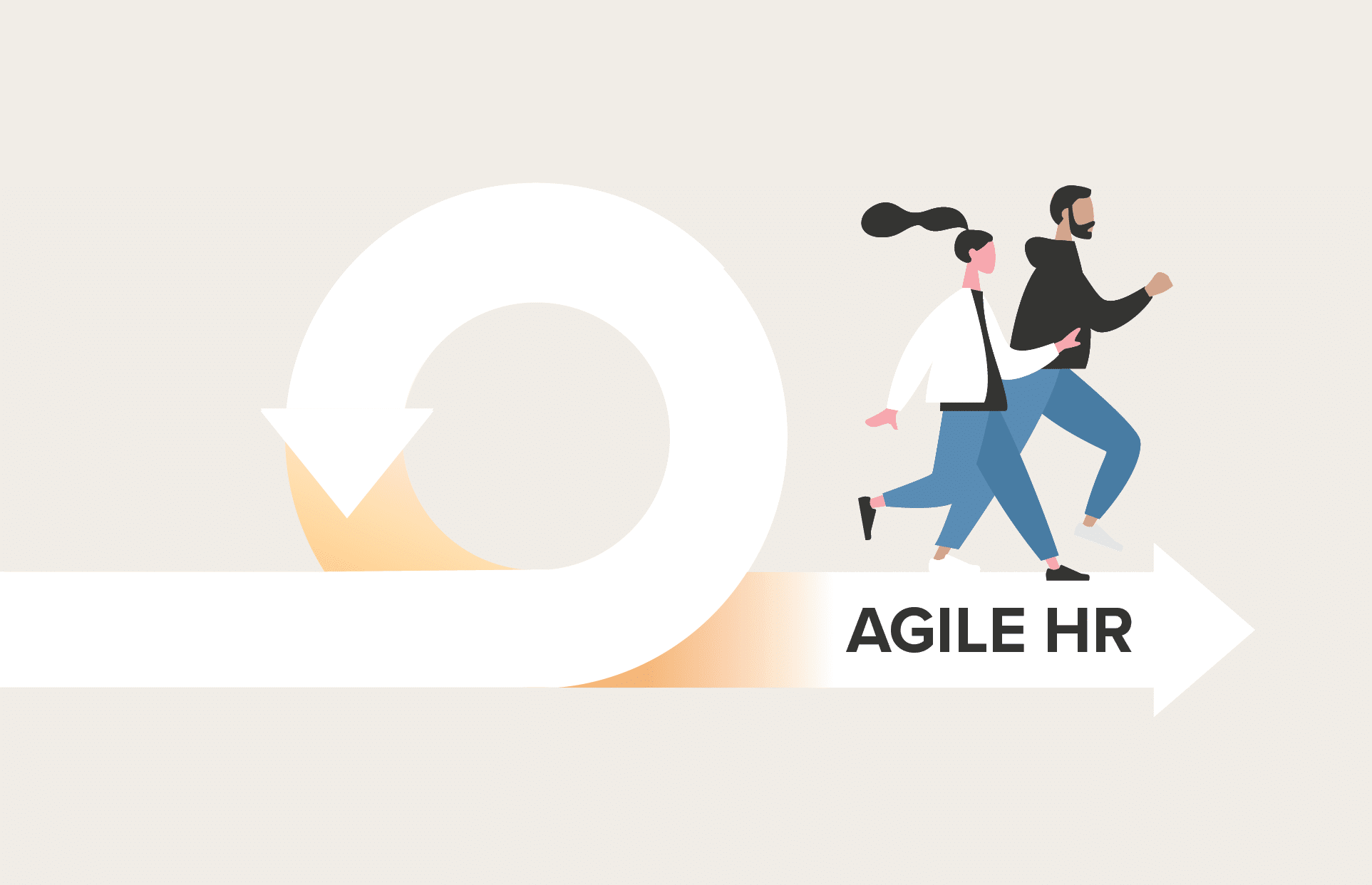
In an ever-evolving business landscape, organizations face constant pressure to adapt quickly and solve problems. This is especially true with Human Resources (HR) departments.
There has been an ongoing shift towards modernizing the HR function within organizations. One result of this trend is the rise in popularity of the Agile methodology within HR departments.
Understanding Agile HR
Agile is an iterative approach to project management that was initially developed for software development projects. It’s designed to help teams deliver value to their customers and stakeholders faster and with fewer setbacks.
Instead of focusing on one big launch at the end of a project, an Agile team delivers work in small, consumable increments. Requirements, plans, and results are evaluated continuously, giving teams a natural mechanism for responding to change quickly.
This approach allows teams to work at a consistent pace throughout the lifetime of a project helping to avoid project burnout and improve the quality of the delivered final product.
There are several different frameworks that adopt Agile principles such as Scrum or Kanban that facilitate the use of Agile methodologies across a project lifecycle.

Benefits of an Agile HR Approach
There is a method behind the madness of an Agile HR approach. The benefits of an Agile HR approach include, but are not limited to the following:
- Improved team collaboration – Agile teams are intended to be cross-functional to allow the team to work effectively on as many different types of tasks as possible. This cross-functional nature increases collaboration across teams and departments while also emphasizing transparency and instilling enhanced trust throughout the team.
- Continuous feedback – Feedback is received on a more regular and consistent basis. This enables HR to develop solutions that are relevant and effective.
- Better adaptability – Short “Sprints”, or blocks of work, allow the team to quickly pivot to a new priority if something changes within the organization during the lifecycle of a project.
- Greater measurement of output – Agile emphasizes results, which is evident in the various dashboards and visualizations used across different frameworks. As a result, the HR department can show direct results related to the time, cost, and performance of any initiative.

Conclusion
In the end, adopting an Agile HR approach is about embracing change and making progress. It’s about breaking down traditional silos and fostering a culture of continuous learning, improvement, and responsiveness. By doing so, HR departments can better serve their organizations and contribute to their success in an ever-changing world.
DISHER Talent Solutions is all about shifting paradigms and continuously improving to do what is best for our customers.
If you would like training on how to implement Agile Project Management to your HR team, please reach out to us.
In addition to providing our customers with the latest tools and techniques to optimize talent recruiting, we also offer a flexible hourly recruiting model to create further value for our customers.




